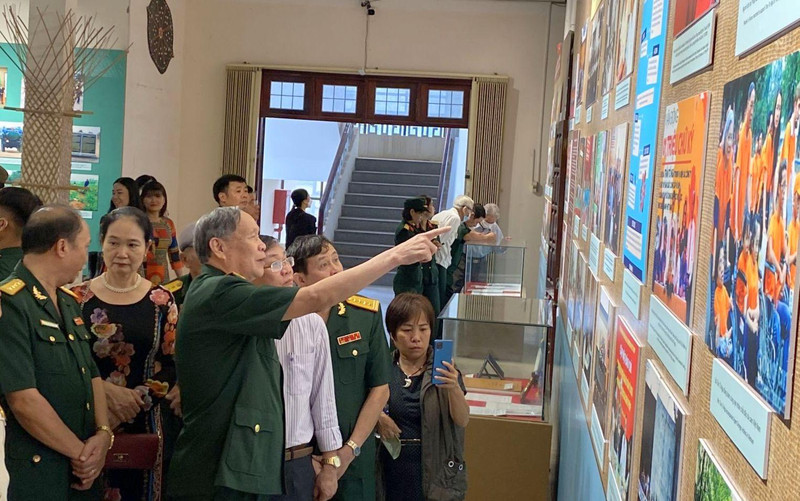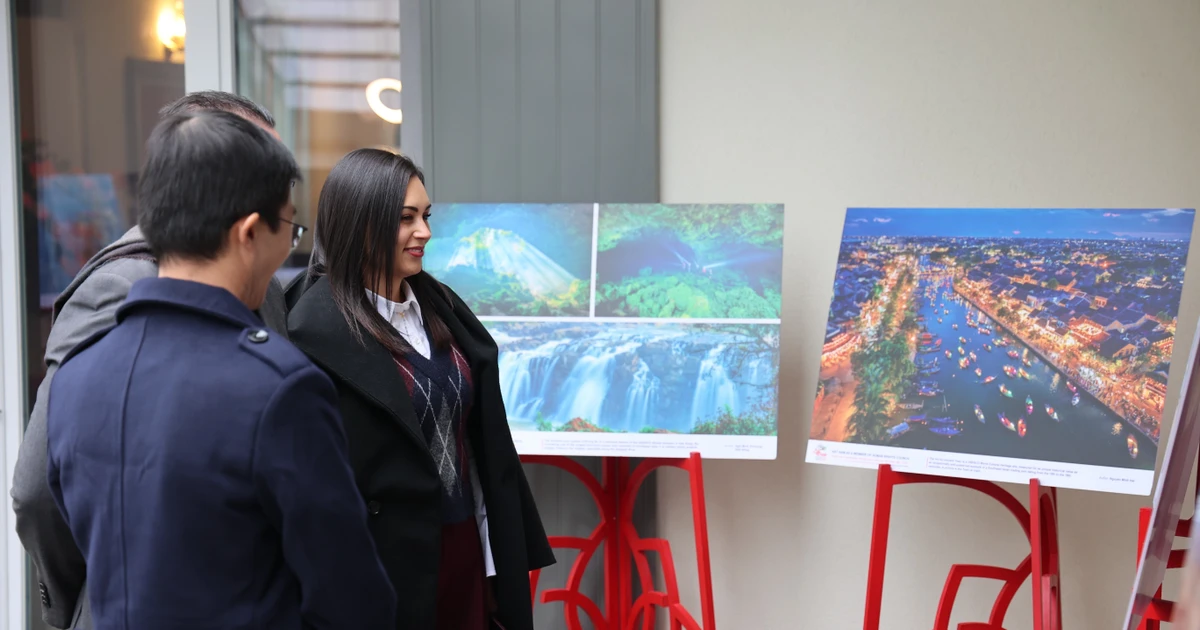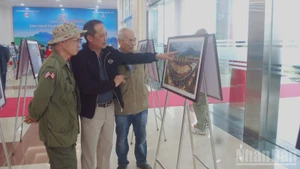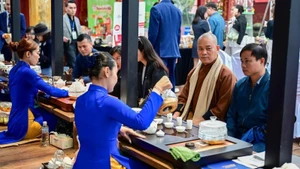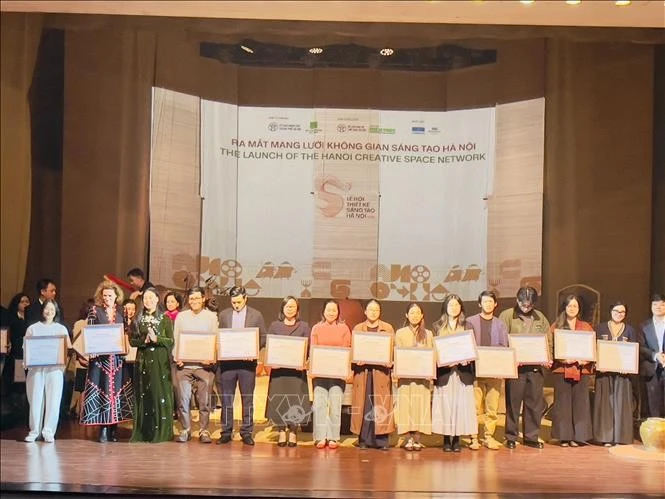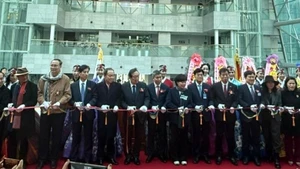A museum's brand is the public perception of that museum and it is created through all of the museum's activities. According to a representative of the UNESCO Office in Hanoi, the main function of a museum marketing campaign is to attract and encourage the public to visit and return to experience the museum's activities.
Marketing activities are not only a bridge to exchange information between the museum and visitors but also provide opportunities to introduce and promote the museum's image to the public, thus luring visitors to museum-hosted events and exhibitions. Visitors who love and enjoy the activities hosted by the museum will help to advertise the museum to their surrounding groups.
Marketing also creates opportunities to help museums reach groups of people who have not yet visited, thus expanding the number of visitors, which is one of the top goals of museums today. It also helps the museum research the needs and trends of visitors in order to design and create new products imbued with the brand of each museum.
However, among the 154 museums operating in Vietnam today, only a few of them have paid due attention to marketing and brand building.
Several museums have established a department of marketing activities, such as the Vietnam Museum of Ethnology, the National Museum of History, the Vietnamese Women’s Museum, the Museum of Cultures of Vietnamese Ethnic Groups, the Vietnam Fine Arts Museum, and the War Remnants Museum.
The majority of Vietnamese museums are not yet fully aware of the role of marketing in their activities. They lack appropriate marketing strategies, and have not expanded their exhibition spaces, nor have they hosted exhibitions which are attractive enough for visitors. The museums’ promotional publications are still simple and there are no typical souvenir items and souvenir stalls that distinguish the museums from others.
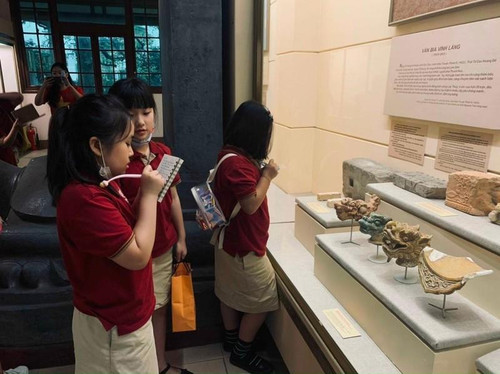 |
| School students will study history during their field study trip to the Vietnam National Museum of History (Photo: Thanh Dat) |
In addition, they have not been active in applying digital technology in the management of artefacts, and the provision of services for visitors. The facts show that many museums lack professional media and communication staff who can connect the public with the museum.
The COVID-19 pandemic has posed unprecedented difficulties on museums. According to a report released by the UNESCO, over the two years of the pandemic, the number of museum visitors fell by 70% and museum revenue decreased by 60% compared to the pre-pandemic period.
Given the situation, museums must work harder become prominent and remarkable heritage destinations for visitors who want to gain knowledge during their leisure tourism. Each museum must design a long-term, methodical marketing strategy, and build a team of professional communication staff.
It is necessary to closely coordinate with travel agencies to promptly grasp the needs of visitors, thus developing appropriate branding strategies to gradually turn museums into attractive tourist destinations.
Another effective solution is that museums should actively apply modern technology on digital platforms to reach a wider audience and enrich the museum's collections and activities through social networks and other interactive media. They should also create promotional videos about important events and exhibitions. The museums' websites are important factors in the building of brand identities as the websites are the first experience to attract visitors’ attention before their actual tour to the museums.
